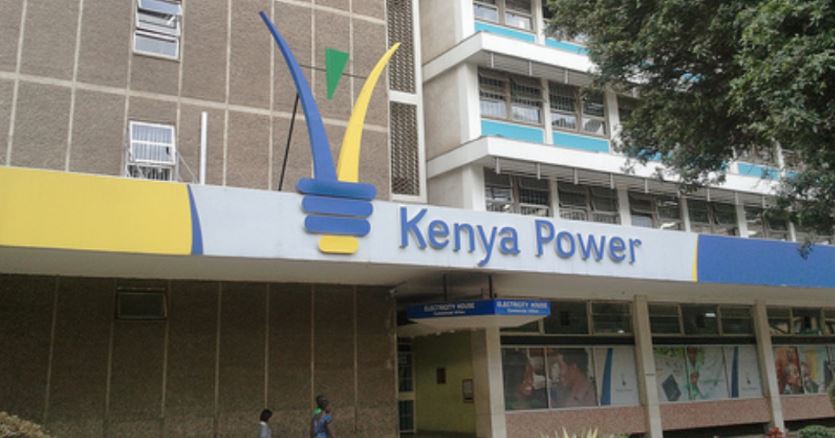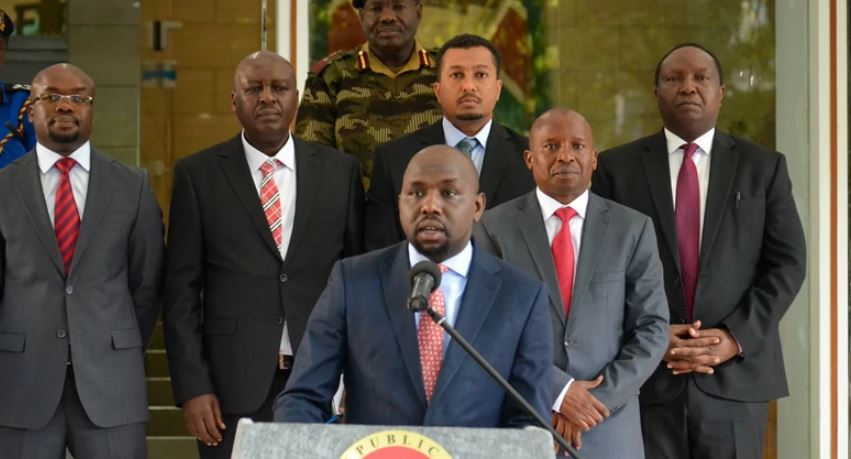 The new power tariff, which took effect in April last year and led to increased electricity consumption by Kenyans, propelled Kenya Power back to profitability during the half-year period ending in December.
The new power tariff, which took effect in April last year and led to increased electricity consumption by Kenyans, propelled Kenya Power back to profitability during the half-year period ending in December.
Despite a significant hit from the weakening of the shilling last year, causing a doubling of its finance costs over six months, the firm says it managed to overcome the challenge.
Kenya Power posted a net profit of Kes.319 million for the half-year, marking an improvement from the Kes.1.1 billion loss recorded in the previous half-year ending in December 2022.
“The improved profitability was driven by growth in revenue resulting from increased electricity sales as well as the implementation of a cost-reflective tariff,” the power distributor stated in its published financial results.
The Energy and Petroleum Regulatory Authority (EPRA) implemented a new tariff on April 1 last year, resulting in an escalation of power costs for consumers. Kenya Power also noted a surge in power consumption.
Kenya Power’s Half-year Revenue
During the period, revenue experienced a notable 31 percent growth, reaching Kes.113.55 billion compared to the previous half’s Kes.86.67 billion.
The firm highlighted that the profit could have been higher if not for the impact of the weak shilling on its finance costs. Over the period, finance costs doubled, rising from Kes.7.39 billion in a similar half in 2022 to Kes.15 billion, an increase of Kes.7.63 billion.
“This increase is attributed to the rise in unrealised foreign exchange losses on loan revaluations, a consequence of the weakening of Kenya shilling against major foreign currencies in which most of the loan portfolio is denominated,” said Kenya Power.
Ninety percent of the Company’s loan portfolio consists of foreign currency-denominated loans.
Additionally, a majority of the power purchase agreements signed by Kenya Power with electricity producers are also denominated in foreign currencies. The weakening of the shilling resulted in an increase in the amount paid to these power producers compared to the previous half.
“We are happy to note that the shilling is gaining against the dollar and other major currencies in the current period. We hope that this positive trend continues in the remaining part of the year to ease our forex exposure and enable us to finish the year at a stronger financial position,” said Dr Joseph Siror Kenya Power’s chief executive.
Dr Siror mentioned that the company is actively exploring ways to mitigate the impact of currency volatility. It anticipates that the restructuring of the balance sheet, facilitated by the proceeds from the transfer of part of the transmission line assets, will be utilized to offset on-lent loans entirely denominated in foreign currency, addressing a significant portion of the unrealized forex loss.
The Cabinet approved the sale of some of Kenya Power’s transmission assets to the Kenya Electricity Transmission Company (Ketraco) last year.
New Forex Mitigation Strategy
Simultaneously, the company is in the process of formulating a new forex mitigation strategy and has initiated the search for a consultant to develop a foreign exchange risk management solution.
In the same period, operating costs experienced a Kes.1.7 billion increase, reaching Kes.19.7 billion. Kenya Power attributed this rise to higher electricity wheeling charges (fees paid to Ketraco for the use of its electricity transmission network) as stipulated in the tariff. Additionally, higher staff costs resulted from the hiring of new staff to reinforce its field operations.
Kenya Power highlighted a substantial reduction in the deployment of expensive thermal power to the national electricity grid due to heavy rains over the period. This reduction led to a Kes.2.05 billion decrease in the amount paid to thermal power producers as fuel cost charges.
“Over the six months under review, there was a 240GWh (gigawatt hours – equivalent to 240 million kilowatt hours or tokens) increase in electricity units purchased and dispatched from renewable energy sources,” said Kenya Power.
“Following increased uptake of energy from renewable sources, consumption of thermal generation reduced by 93GWh from 650GWh in the similar period in 2022 to 557GWh leading to a Sh2.05 billion reductions in fuel cost charge on customer bills.”
The company also noted that it expedited meter installations for new customers nationwide, aiming to enhance customer connectivity and boost electricity sales. This initiative resulted in 225,000 new customers.









